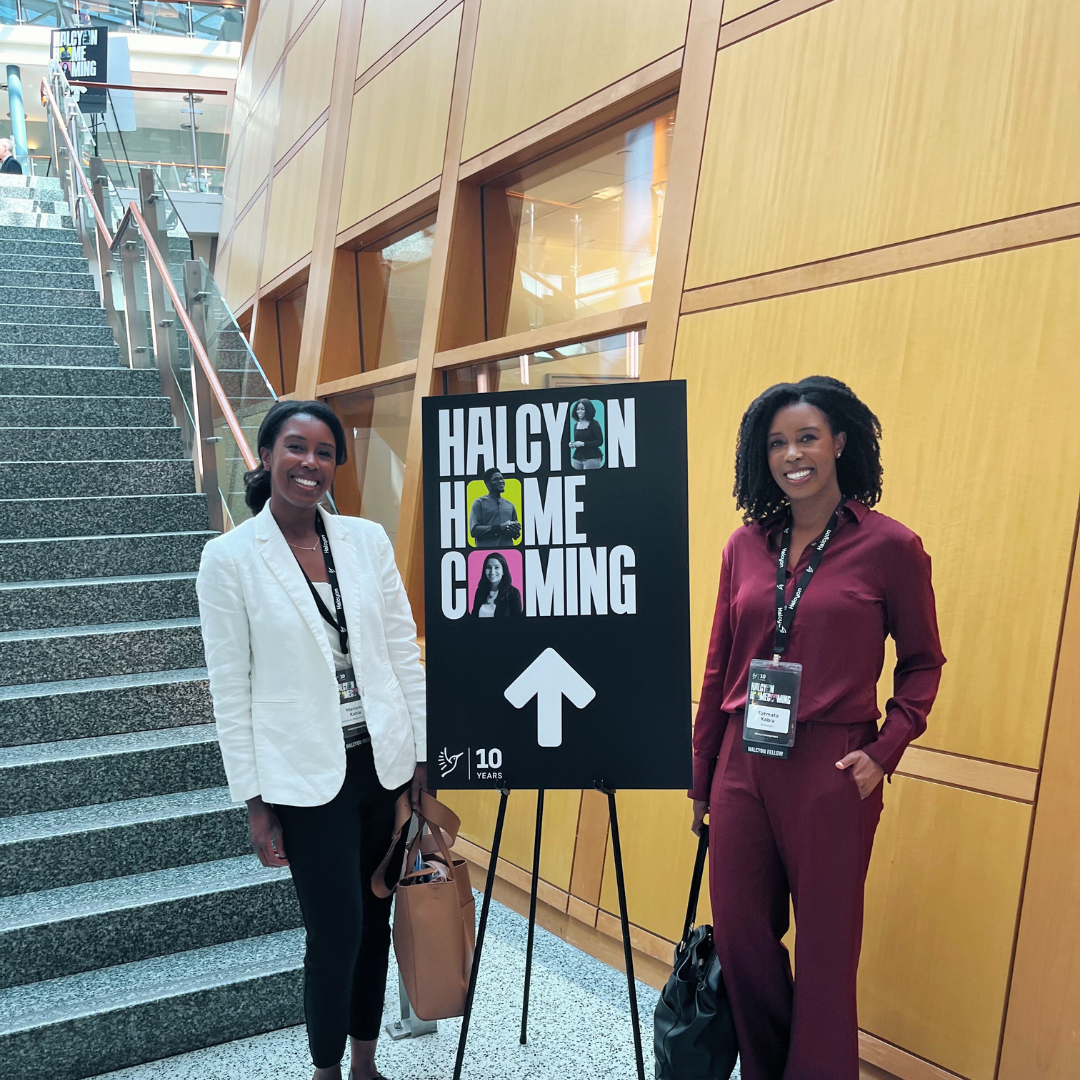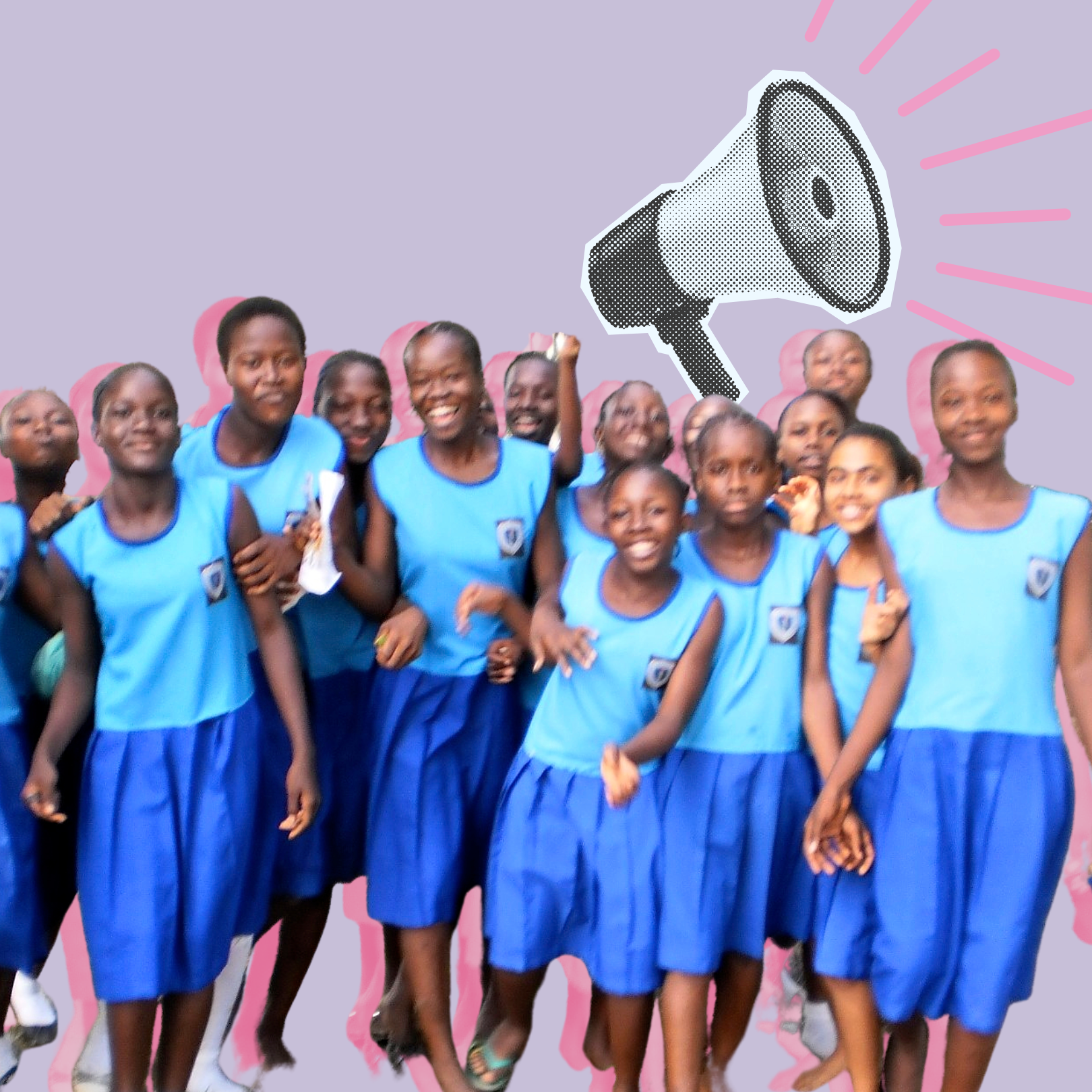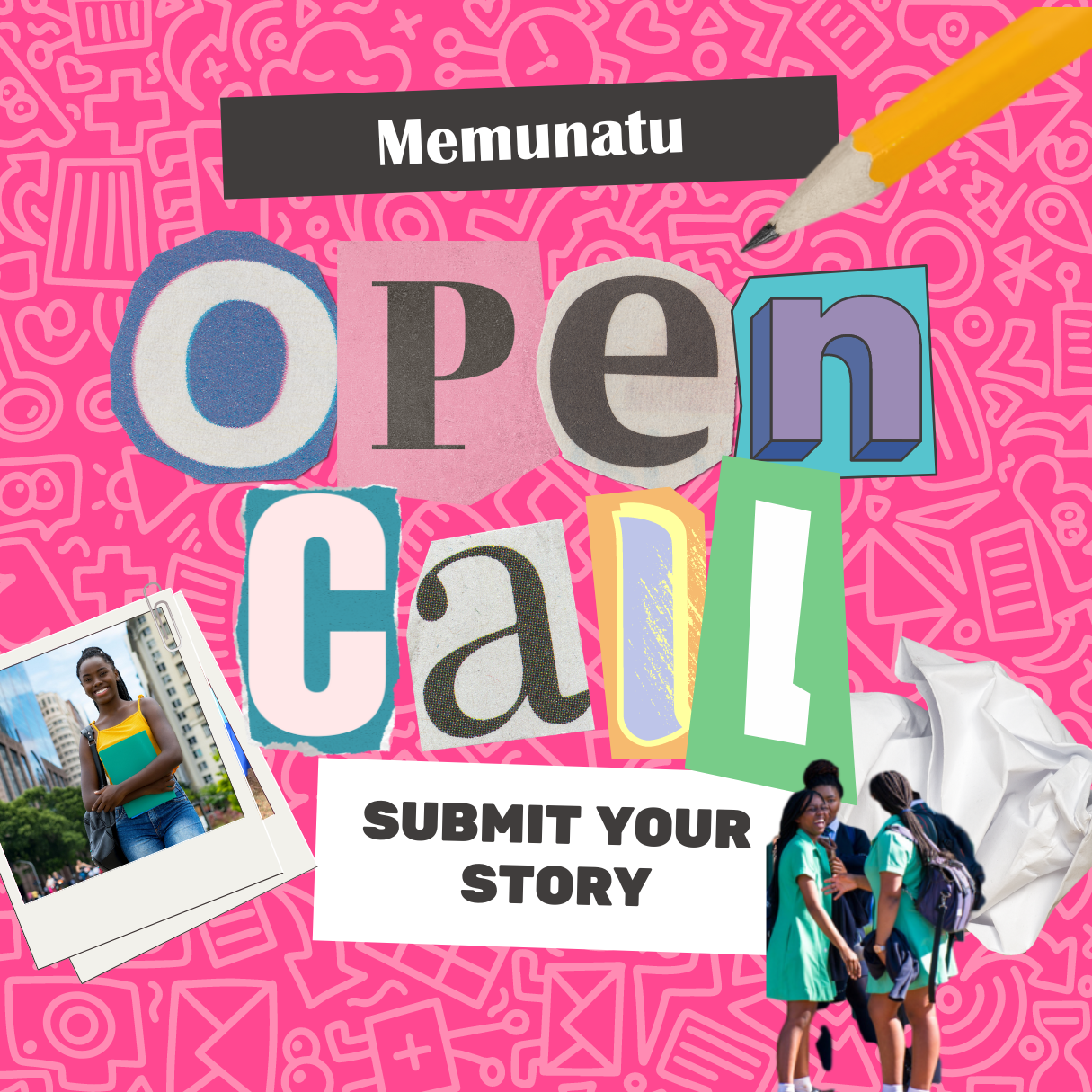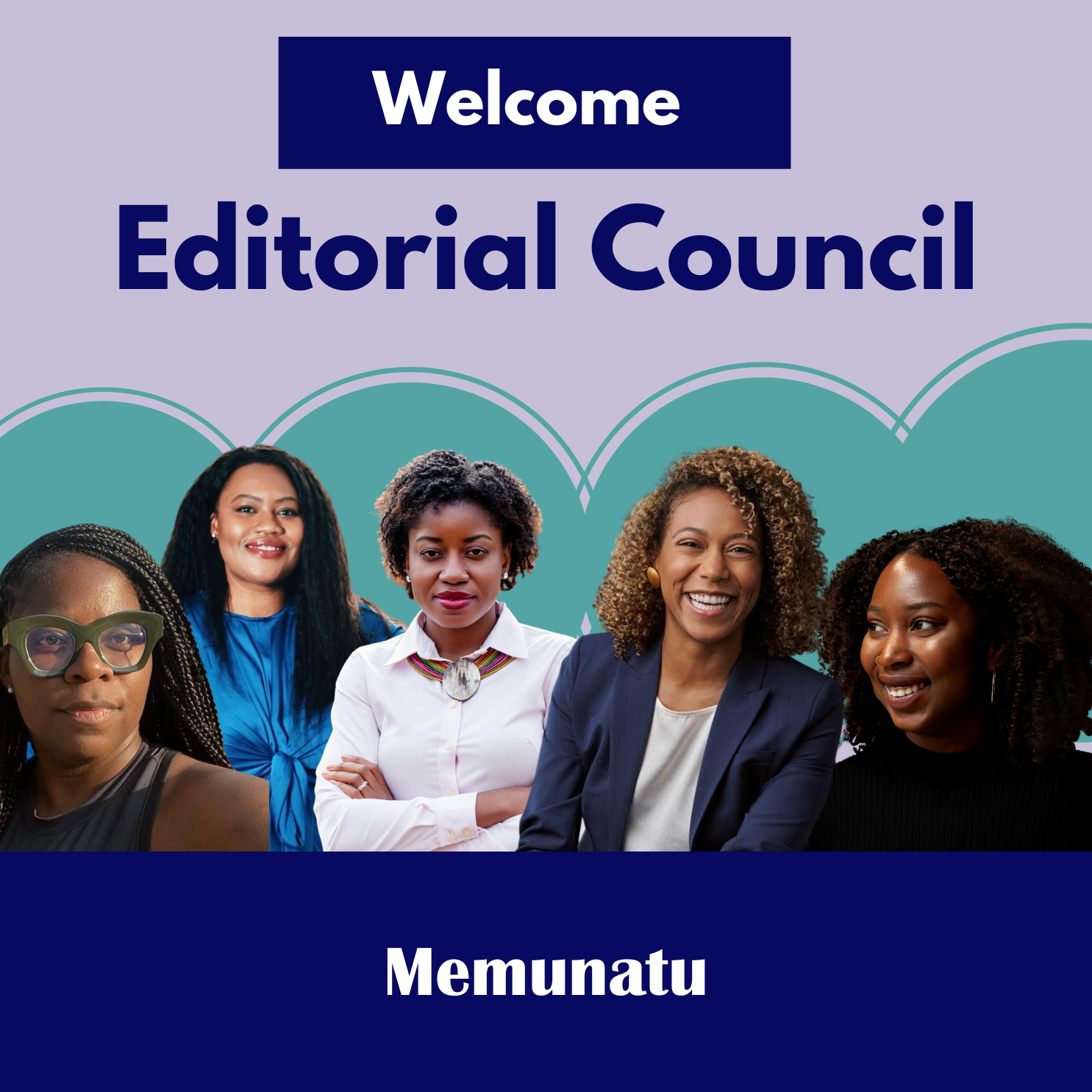Nearly a year after moving to the United States from Kenya, Eclipsed was one of my first exposures to Afrocentric art stateside. The story follows a resilient group of Liberian women during the Civil war that, coupled with thoroughly-researched costumes and rich character development, conveys a message of strength and perseverance in light of hardship. Eclipsed not only served as a piece of theatrical art, but functioned as a tool that unearthed the poignant narratives of African women during war, a group that is adversely affected, but often overlooked. As director Liesl Tommy described it, “it’s about the incredible capacity for human beings to survive the most unbelievable circumstances and retain their humanity.” Eclipsed served as a means of empowerment not only for the characters portrayed in the play, but also for a much larger community of African women who struggle to embrace their rightful independence and earned strength.
Not only did the production’s accuracy stun me, but it also sparked my interest in how art functions as an empowering tool for women across Africa. While growing up in Mozambique, South Africa, and Kenya, art served to augment my understanding of the individual cultures I was directly immersed in. However, I never looked past the beauty of the meticulously crafted beaded bracelets wrapped around my wrists or the handmade wire radio that blasted my favorite songs throughout my childhood to realize the role art plays in empowering its creators, and more specifically, women.
Female African artists have not only used their work as mediums of creative expression, but also as instruments of social impact and drivers of economic independence. Through literature, Senegalese author, Mariama Bâ, exemplified the vast inequalities between men and women in So Long A Letter. More recently, through fashion, South Sudanese model and designer, Nyagoa Nyuon, worked to set girls on a path towards academic accomplishment and independent decision-making. In its beauty, art has propelled the empowerment of women, both young and old, across the continent. It has equipped women with the means to achieve economic independence, an obstacle that has repeatedly hindered the progress of gender equality. Above all, art has enabled women to showcase their strength and brilliance. Through doing so, it has instilled a newfound sense confidence in those who had previously lost sight of it.
Art within African culture is more than meets the eye. The artistic beauty of the various cultures I stumbled upon while living and traveling across Africa marked my experiences and emphasized the cultural diversity of the continent. Women and girls across cultures continue to use the creative outlet as a tool to voice their opinions and as a means of realizing their independence and strength. Just as much of the art I had once overlooked had done, Eclipsed demonstrated the stirring power of art in the African female context. As it has successfully done in the past, art will continue to demonstrate the unique ingenuities of each African culture, as well as provide the building blocks for women’s empowerment across the continent.
By Kelsey Amadeo-Luyt
Editorial Intern, Spring 2017





